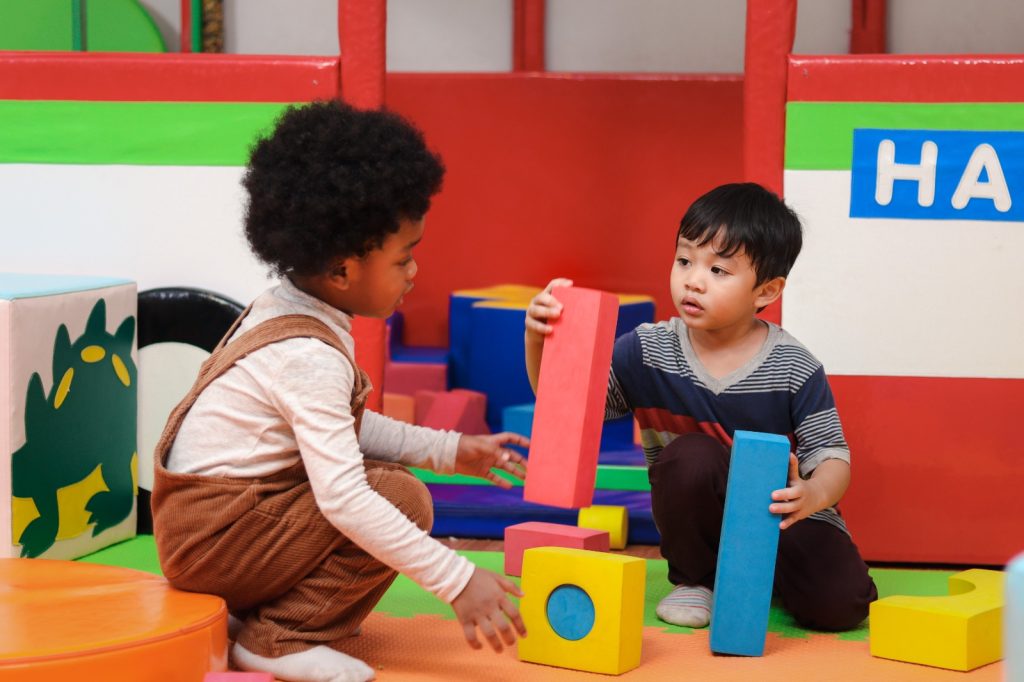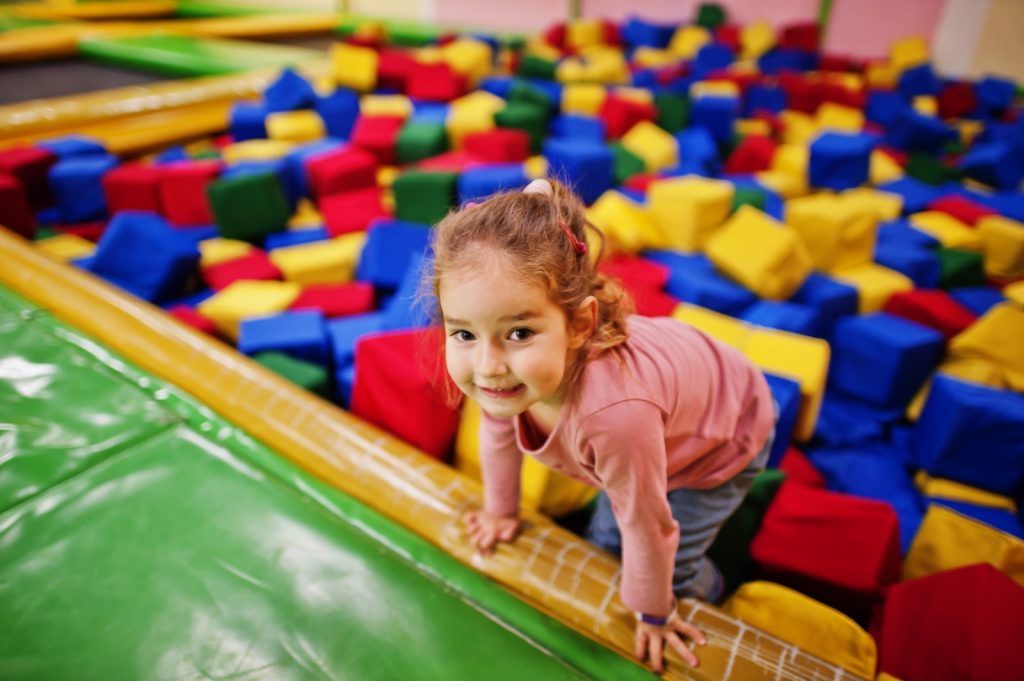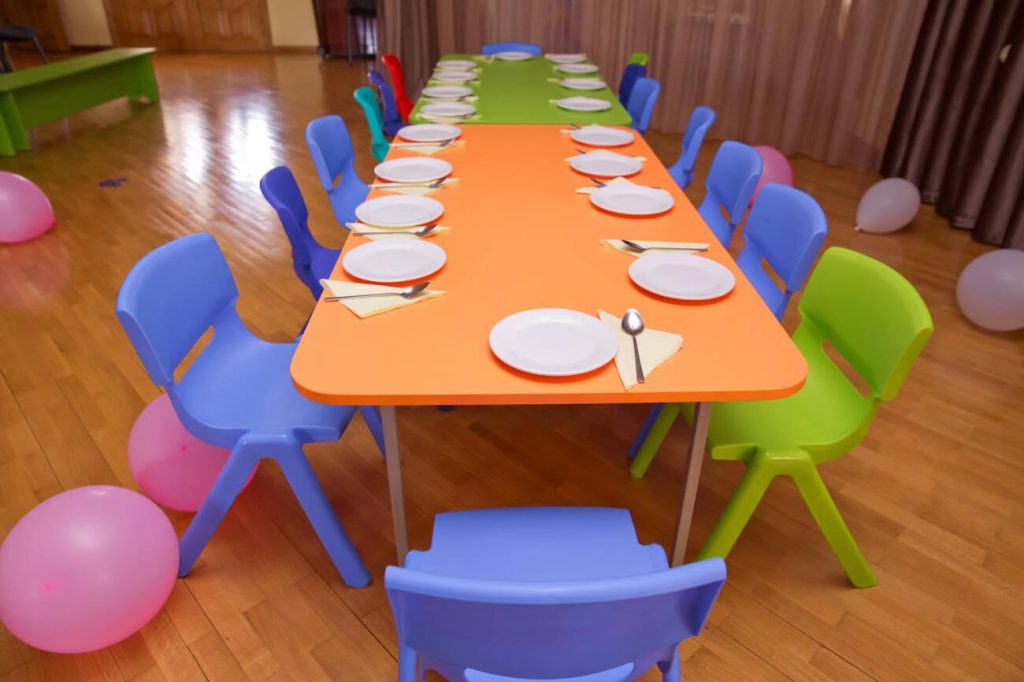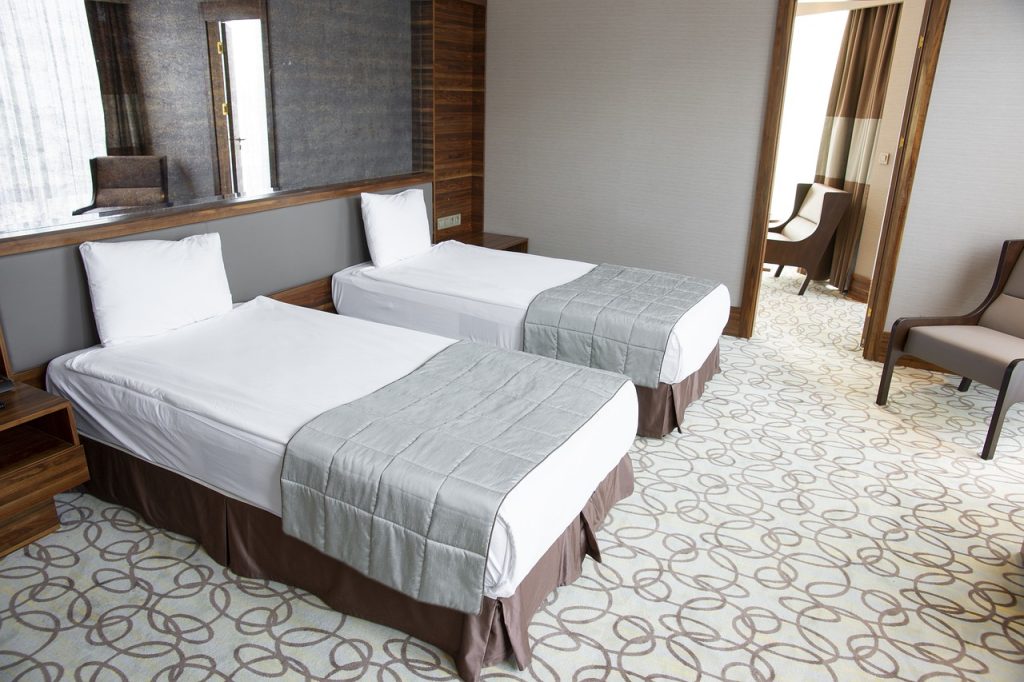Our Activities
Sports teams: Joining a sports team can be a great way for kids to stay active and learn teamwork skills. Many schools offer sports teams for a variety of sports such as basketball, football, soccer, baseball, and more.
Music and performing arts: Participating in music and performing arts programs can help kids develop their creativity and confidence. This can include programs like choir, band, theater, and dance.
Clubs and organizations: Many schools have clubs and organizations that allow kids to explore their interests and make new friends. Examples include chess club, debate club, robotics club, and environmental club.
Community service: Volunteering and community service can help kids develop a sense of social responsibility and empathy for others. Many schools have community service programs that provide opportunities for students to get involved in their communities.
Field trips: Field trips can provide a fun and educational experience for kids outside of the classroom. This can include trips to museums, historical sites, and cultural events.
Science fairs and competitions: Participating in science fairs and competitions can help kids develop their scientific knowledge and problem-solving skills. This can include projects such as building a robot or conducting a scientific experiment.
Overall, participating in school activities can help kids develop new skills, build friendships, and have fun while learning.
Play Area
- Kids play areas are designed to provide a safe and fun environment for children to play.
- They often include features such as soft play structures, slides, ball pits, and climbing walls.
- Kids play areas can be found in a variety of locations, including malls, parks, and restaurants.
- They are a great way for kids to socialize with others their own age and develop their motor skills.
- Many parents appreciate the opportunity to let their children play and burn off energy in a supervised and secure environment.

Activity Area
- A kids activity area is a designated space where children can engage in various educational and recreational activities.
- It can include art stations, puzzles, board games, sensory play, and more.
- Kids activity areas are often found in schools, libraries, and community centers.
- They provide a structured environment where kids can learn and develop new skills while having fun.
- Parents and caregivers can also use these areas as a resource to keep children occupied and engaged during leisure time.

Dining Area
- Kids dining areas are designed to provide a welcoming and age-appropriate dining experience for children.
- They often include child-sized tables and chairs, colorful decor, and fun menu options.
- Kids dining areas can be found in a variety of settings, such as restaurants, resorts, and theme parks.
- They are a great way for children to enjoy a meal in a comfortable and engaging environment.
- Parents appreciate the convenience and peace of mind that comes with knowing their children can enjoy a meal in a kid-friendly space.

Sleeping Area
- A kids sleeping area is a designated space where children can sleep and rest comfortably.
- It often includes a bed or cot, bedding, and storage for personal items.
- Kids sleeping areas can be found in a variety of settings, such as homes, schools, and daycare centers.
- They provide a safe and secure environment where children can recharge and get the rest they need.

